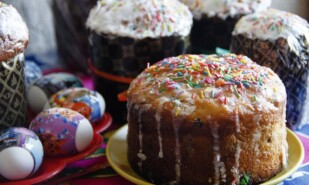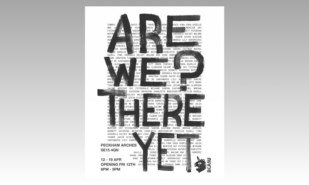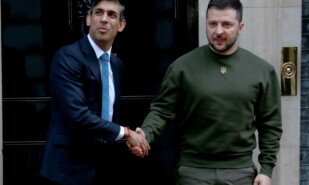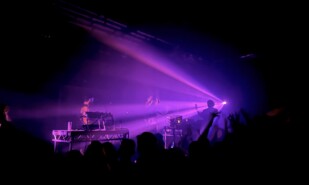This coming Easter weekend, ADH Gallery is opening a solo exhibition by prominent artist and sculptor Lana Locke. The exhibition will be housed in the Chapel of BromptonCemetery, one of the 7 historic burial grounds of the first half of the 19th century, part of the so-called ‘Magnificent Seven of London’. The Chapel is designed along the lines of St Peter’s Cathedral in Rome and is ready to be transformed by the artist’s efforts into a flower and plant sculpture garden entitled “What Grows in the Hollows?”. As the curatorsstate, the exhibition will focus on the concept of ‘feral’, presenting it as an unconventional form of existence where objects are suspended in time and space. We have met Lana to find out about the new installation and her artistic view of the world.
Lana Locke. Brompton Chapel exhibition “What Grows in the Hollows”
Lana Locke. Brompton Chapel exhibition “What Grows in the Hollows”
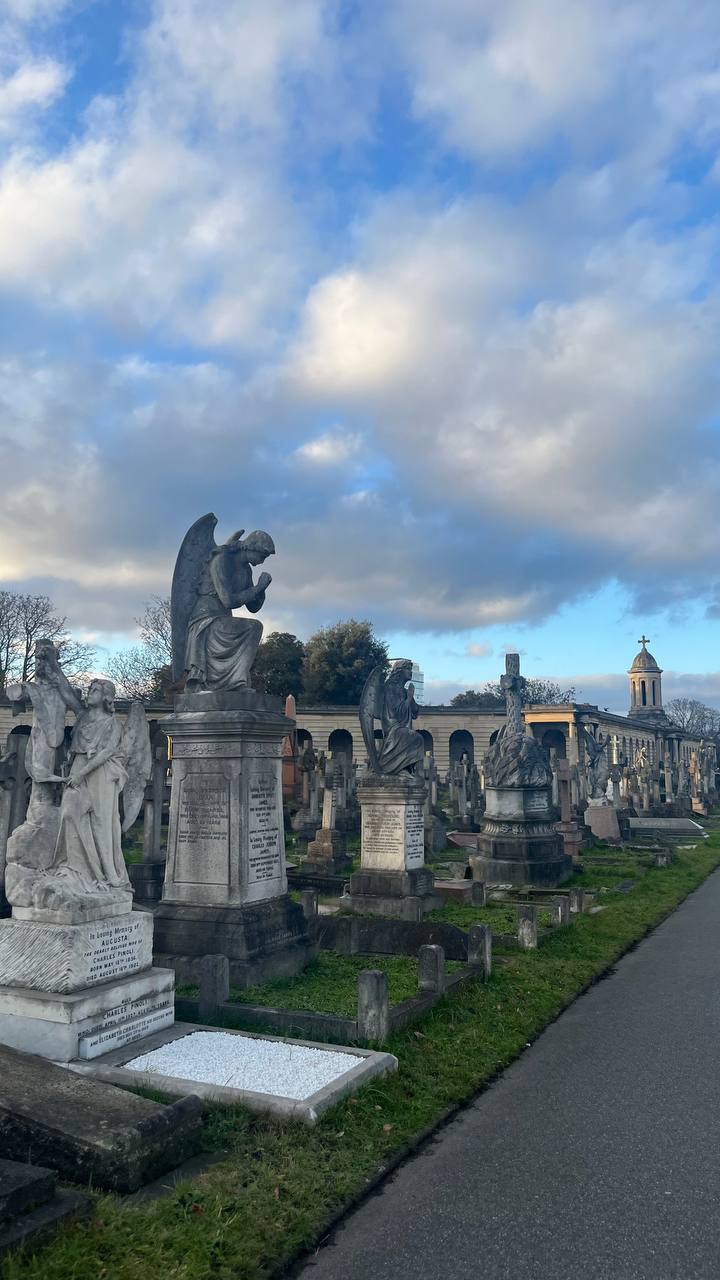

LC: Lana, is your upcoming solo exhibition related to the theme of ecology? Tell us about your idea and this space.
LL: My sculptures usually start with a plant or flower that I have collected and am trying in some way to preserve, though never able to keep its original, fleeting life. As the sculptures are conjoined in an installation they start to act as a metaphor for wider ecological collapse, as if our human actions have brought us to a point where all we have are relics of natural life, without the growing species. There is a definite humour and hope in this installation too! Set in a stunning Grade II listed chapel, which I approach as a beautiful tomb within the cemetery itself, wildlife does grow all around here between the graves and statues. Another way of interpreting my sculptures is they are transformed plant forms that are not yet lost and survive in a different state.
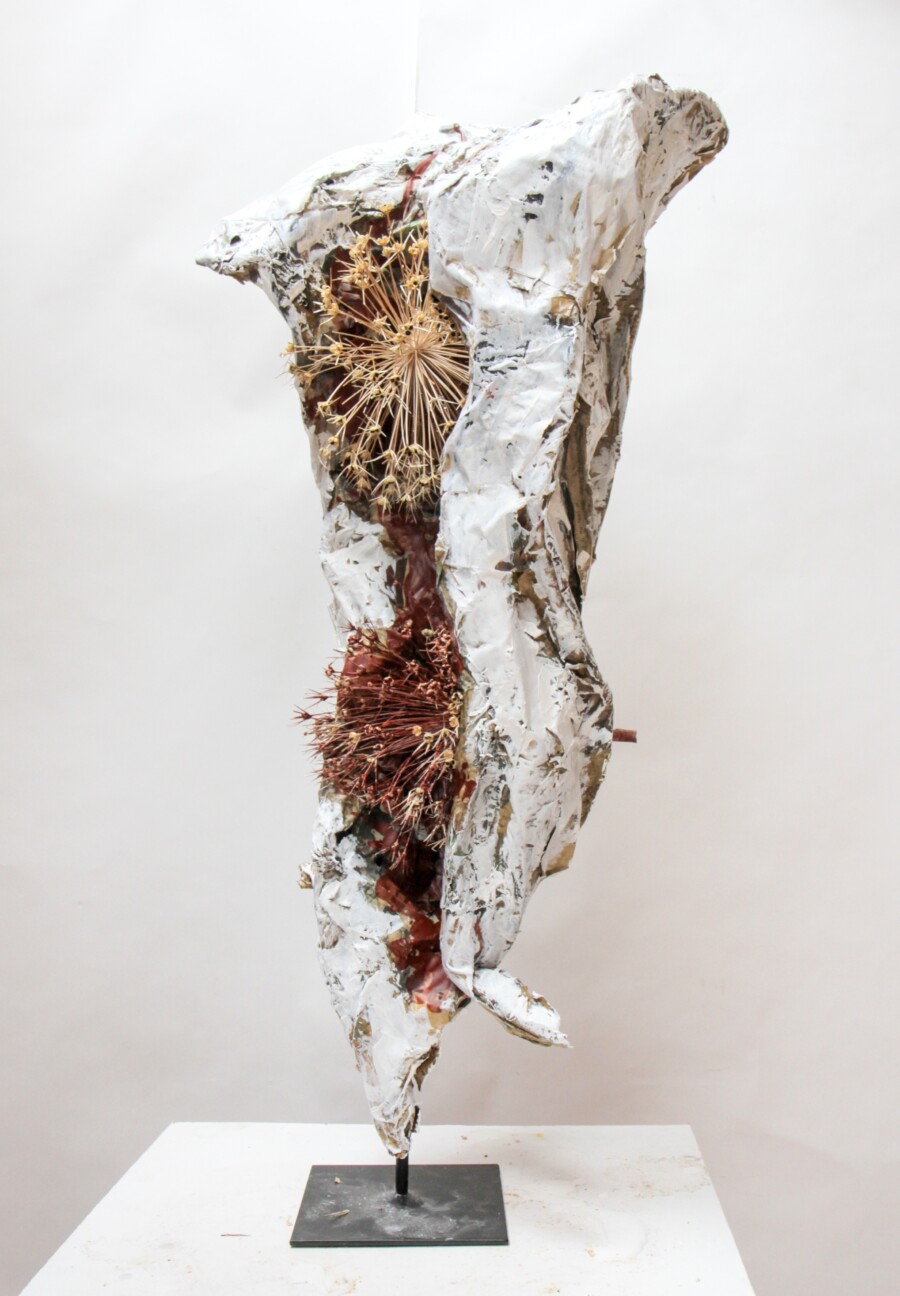
LC: As an artist you work across a range of different media including installation, painting, sculpture, video and performance. Is it difficult or easy for you to switch between them and which one do you prefer more?
LL: My ways of working tend to respond to the situation I am in at the time. It is a particular thrill to make installations such as this one, but the installations respond to sites as they present themselves, so they come about only every so often. This installation, for example, brings together new and existing pieces of sculpture and installation materials responding directly to the pillars of the chapel – but it is only open for the four days of the Easter long weekend. The site was found by the brilliant Art Design Human Gallery, who I have worked with before, and facilitated by the Friends of Brompton Cemetery. The videos and performances often have a particular trigger too. My studio practice of sculpture and painting continues in a more constant way.
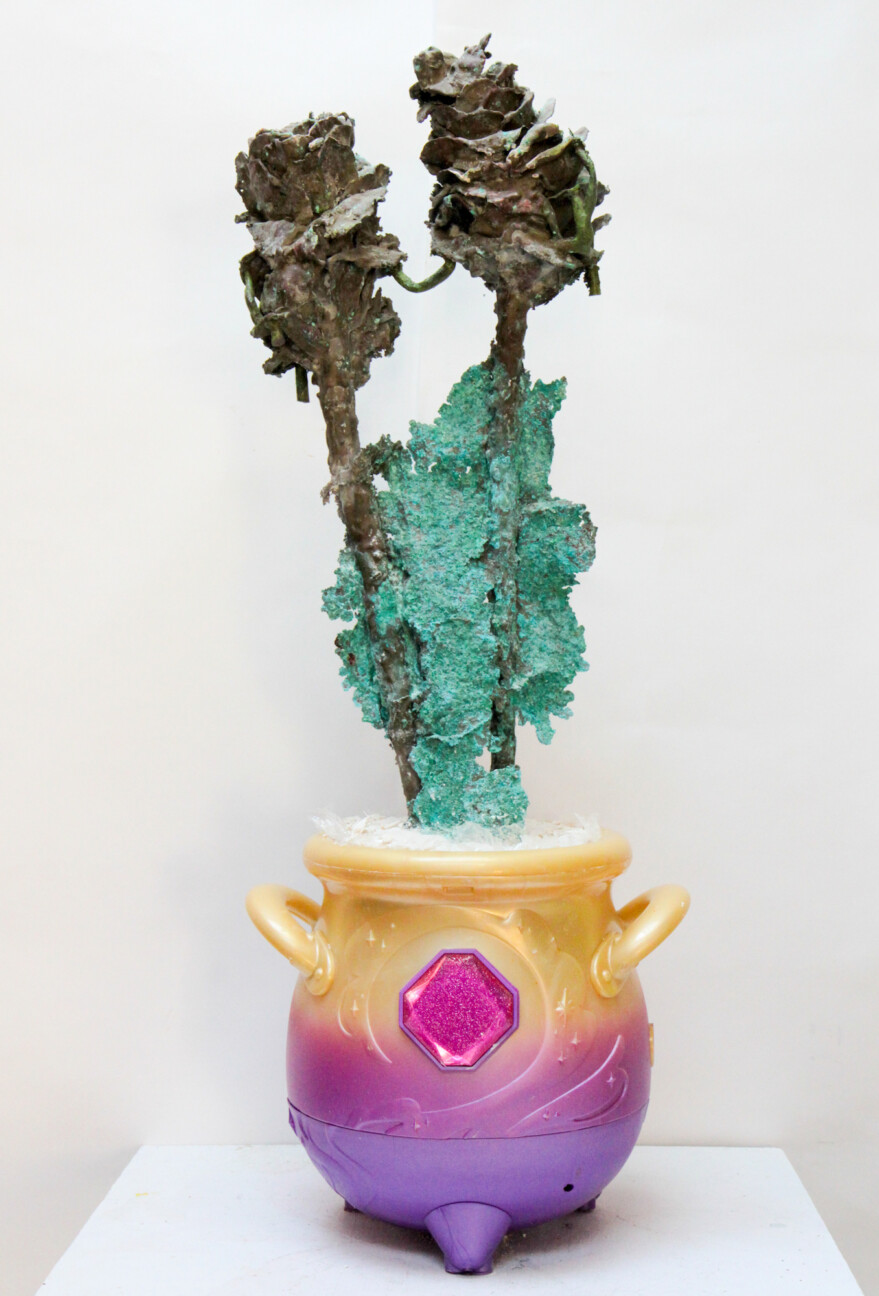
LC: You create sculptures combining flowers and readymade objects. What moved you to this synthesis? How did you start working with bronze and aluminium?
LL: They are all objects that I have found, been given or collected. Sometimes I’ll have a flower that I preserve in wax or even in metal that exists in the studio for a long time but needs a supporting structure or other idea to enliven it and give it a different meaning. Before I went to art school I worked with AB Fine Art Foundry who cast some of my early plaster pieces into bronze by making a ‘lost wax’ model of it, which is a more traditional way of working with metal. Then when I studied at Chelsea College of Art I started casting my own pieces and working with ‘direct burnout’ where combustible materials such as plant matter can be burnt out in a kiln through the same lost wax process, without the need to create a model of the original. This facilitates working in a more direct, risky way with more complicated shapes that might otherwise be difficult to mould.
LC: The main idea of your art is based on the term ‘feral’. What does it mean for you and how do you explain it in your artworks?
LL: Yes, I wrote my practice-based PhD on The Feral, the Art Object and the Social and continue to find value in this term, although it means different things to different artists and writers. For me, the feral, is manifested my art practice in the act of scavenging – physically, socially and metaphorically – in the gap between defined spaces. My conception of the feral draws out the promise of this indeterminacy: the state of being partly wild and partly civilised. This began as a retaliation against the former British Lord Chancellor Kenneth Clarke labelling those who participated in the 2011 London Riots as a “feral underclass”, seeking to fix them outside of ‘civilised’ society. When I became a mother it then also became about articulating my own ‘feral’ position in the art world. For my sculptures, it is also seeking to reclaim an in-between space for life that exists between definitions and structure.

LC: In your opinion, can culture and contemporary art change humanity’s attitude to the problem of ecology?
LL: I think art and culture has a role in communicating to people at an emotional level that is not just about direct messages but about imaginatively contemplating our individual and collective state. I am currently exhibiting in another exhibition, ‘Fragments of a Lost Future’, at White Conduit Projects until 7 April, a small group show in which each of us is responding in a different way to themes of the non-human, the city, fiction, the passage of time and sustainability to question the nature of our current reality. The Director, Yuki Miyake, who curated the exhibition also relates our practices to the writing of JG Ballard, where ecological collapse in the near future is approached with terrifying, dark humour.

LC: How is your personal experience of everyday life as an artist and mother influencing your art? Do you feel like a feminist artist?
LL: Becoming a mother influenced my art very directly;from the ‘violent womb forms’ I sculpted during pregnancy (shown in New Contemporaries in 2016), to videos like Mother’s Milk (2016) and Journeys of a Laundry Mountain (2021) where I share my direct experience of motherhood and the tension between domestic labour and making art. The experience of being a student mother during my PhD and needing to navigate studying and engaging with the art world around parental responsibility gave me an experience of subjugation I hadn’t encountered before, and crystallised inherent feminist aspects of my practice and my own position as a feminist.
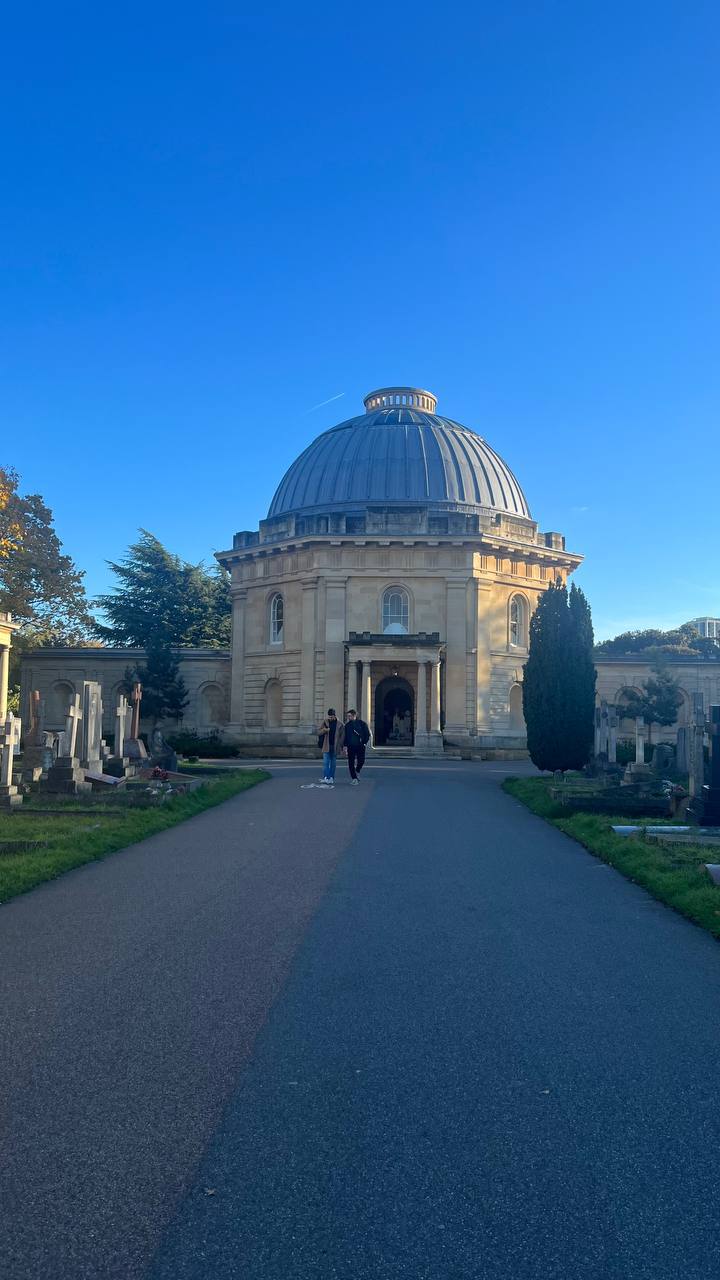
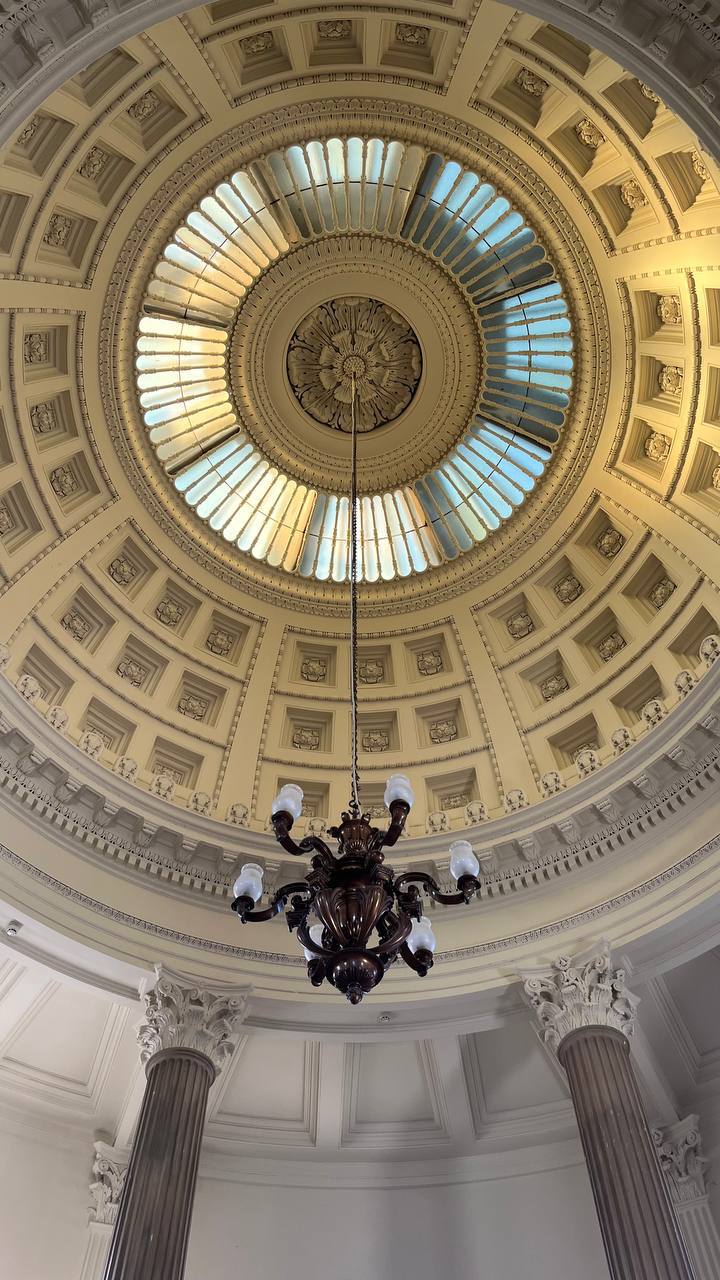
Free Entry
29 March – 01 April 2024
11:30 – 17:30
The Chapel, Brompton Cemetery
Fulham
SW10 4UG



